SNVS084C December 2001 – July 2016 LM2590HV
PRODUCTION DATA.
- 1 Features
- 2 Applications
- 3 Description
- 4 Revision History
- 5 Pin Configuration and Functions
-
6 Specifications
- 6.1 Absolute Maximum Ratings
- 6.2 ESD Ratings
- 6.3 Recommended Operating Conditions
- 6.4 Thermal Information
- 6.5 Electrical Characteristics
- 6.6 Electrical Characteristics - 3.3-V Version
- 6.7 Electrical Characteristics - 5-V Version
- 6.8 Electrical Characteristics - Adjustable Version
- 6.9 Typical Characteristics
- 7 Parameter Measurement Information
- 8 Detailed Description
- 9 Application and Implementation
- 10Power Supply Recommendations
- 11Layout
- 12Device and Documentation Support
- 13Mechanical, Packaging, and Orderable Information
Package Options
Mechanical Data (Package|Pins)
Thermal pad, mechanical data (Package|Pins)
- KTW|7
Orderable Information
8 Detailed Description
8.1 Overview
The LM2590HV SIMPLE SWITCHER® regulator is an easy to use non-synchronous step-down DC-DC converter with a wide input voltage range up to 60 V. It is capable of delivering up to 1-A DC load current with excellent line and load regulation. These devices are available in fixed output voltages of 3.3-V, 5-V, 12-V and an adjustable output version. The family requires few external components and the pin arrangement was designed for simple, optimum PCB layout.
8.2 Functional Block Diagram
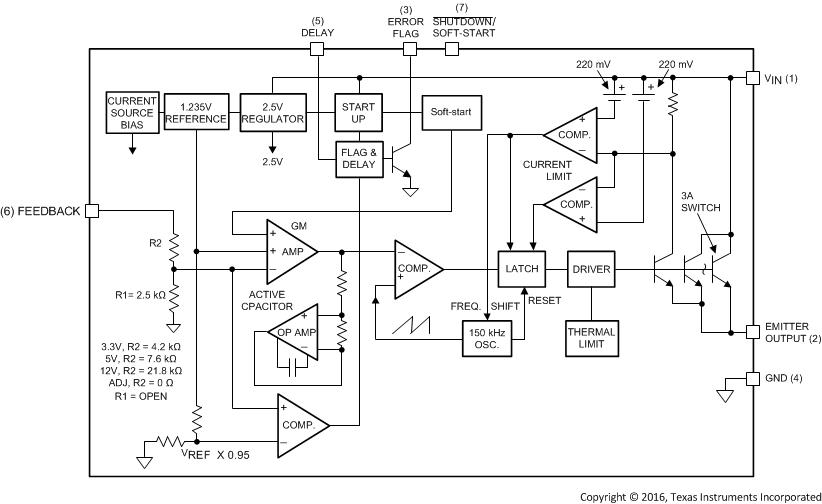
8.3 Feature Description
8.3.1 Undervoltage Lockout
Some applications require the regulator to remain off until the input voltage reaches a predetermined voltage. Figure 26 contains a undervoltage lockout circuit for a buck configuration, while Figure 27 and Figure 28 are for the inverting types (only the circuitry pertaining to the undervoltage lockout is shown). Figure 26 uses a Zener diode to establish the threshold voltage when the switcher begins operating. When the input voltage is less than the Zener voltage, resistors R1 and R2 hold the SHUTDOWN/SOFT-START pin low, keeping the regulator in the shutdown mode. As the input voltage exceeds the Zener voltage, the Zener conducts, pulling the SHUTDOWN/SOFT-START pin high, allowing the regulator to begin switching. The threshold voltage for the undervoltage lockout feature is approximately 1.5 V greater than the Zener voltage.
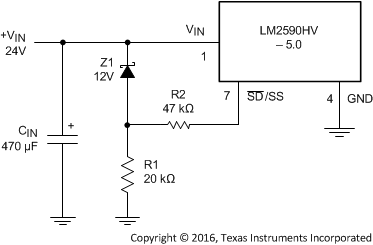 Figure 26. Undervoltage Lockout for a Buck Regulator
Figure 26. Undervoltage Lockout for a Buck Regulator
Figure 27 and Figure 28 apply the same feature to an inverting circuit. Figure 27 features a constant threshold voltage for turn on and turn off (Zener voltage plus approximately 1 V). If hysteresis is needed, the circuit in Figure 28 has a turn ON voltage which is different than the turn OFF voltage. The amount of hysteresis is approximately equal to the value of the output voltage. Since the SD/SS pin has an internal 7-V Zener clamp, R2 is needed to limit the current into this pin to approximately 1 mA when Q1 is on.
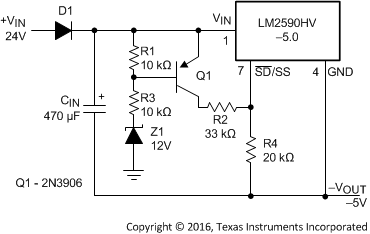 Figure 27. Undervoltage Lockout Without Hysteresis for an Inverting Regulator
Figure 27. Undervoltage Lockout Without Hysteresis for an Inverting Regulator
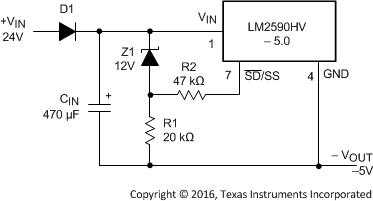 Figure 28. Undervoltage Lockout With Hysteresis for an Inverting Regulator
Figure 28. Undervoltage Lockout With Hysteresis for an Inverting Regulator
8.3.2 SHUTDOWN/SOFT-START
This reduction in start up current is useful in situations where the input power source is limited in the amount of current it can deliver. In some applications Soft-start can be used to replace undervoltage lockout or delayed startup functions.
If a very slow output voltage ramp is desired, the Soft-start capacitor can be made much larger. Many seconds or even minutes are possible.
If only the shutdown feature is needed, the Soft-start capacitor can be eliminated.
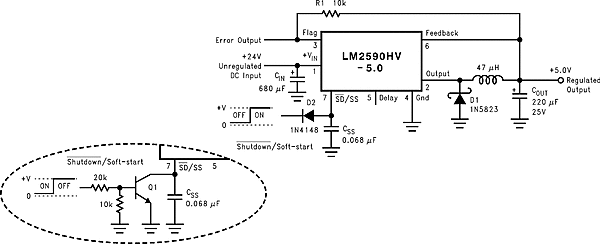 Figure 29. Typical Circuit Using SHUTDOWN/SOFT-START and Error Flag Features
Figure 29. Typical Circuit Using SHUTDOWN/SOFT-START and Error Flag Features
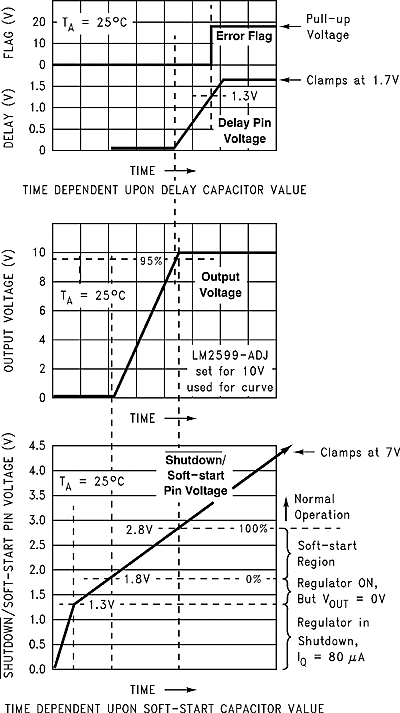 Figure 30. Soft-Start, Delay, Error Output
Figure 30. Soft-Start, Delay, Error Output
8.4 Device Functional Modes
8.4.1 Shutdown Mode
The SD/SS pin provides electrical ON and OFF control for the LM2590HV. When the voltage of this pin is less than 0.6 V, the device is in shutdown mode. The typical standby current in this mode is 90 µA.
8.4.2 Active Mode
When the SD/SS pin is left floating or pull above 2 V, the device will start switching and the output voltage will rise until it reaches a normal regulation voltage.